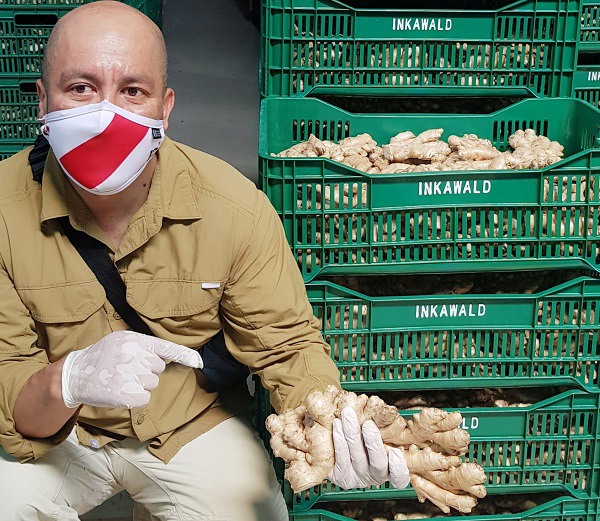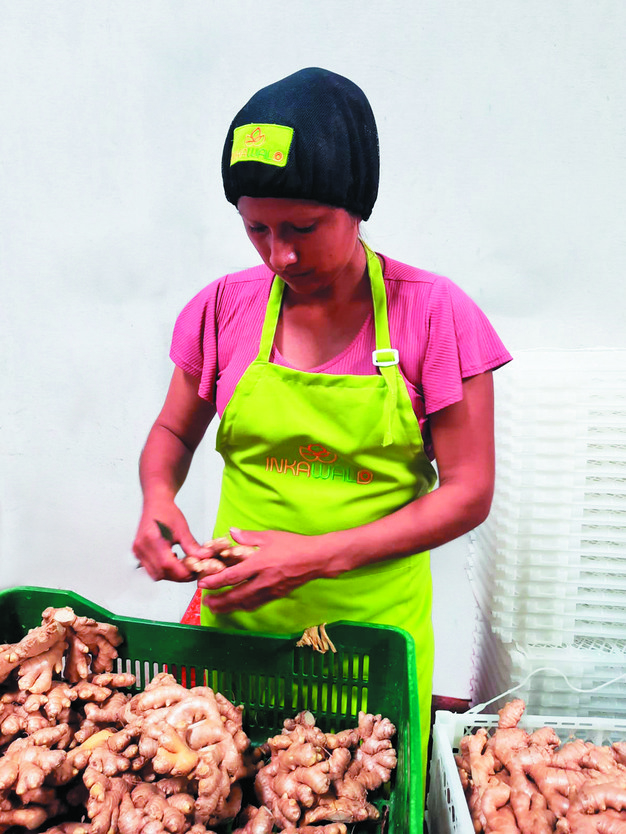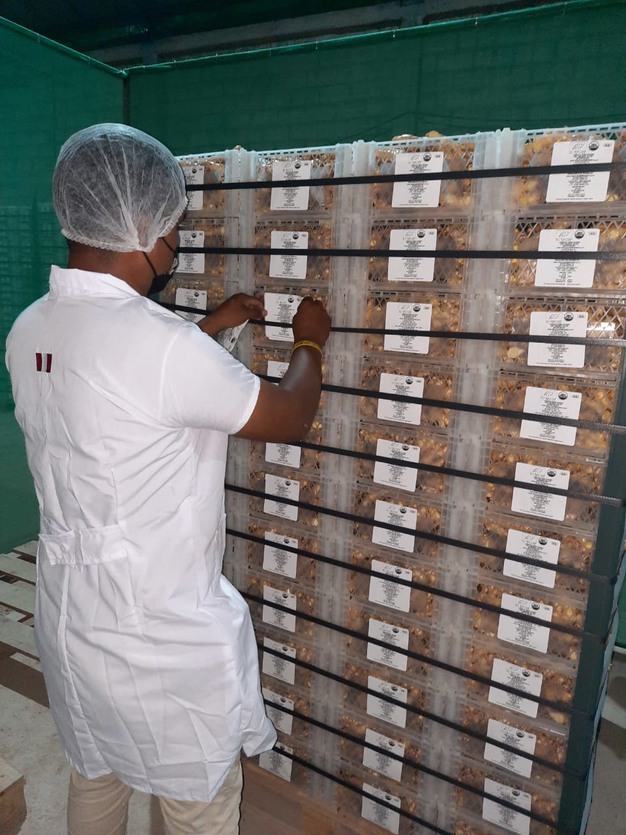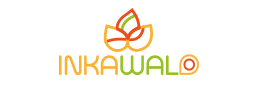With an estimated 25-30% market share in Germany, ginger from Peru seems to be gaining momentum, says Gino Neira, co-founder of Inkawald, a family-owned company based in Peru. The company has been on the scene for five years now, specializing in three organic products: ginger, turmeric and avocados.
"We are producers, packers and exporters at the same time, and we put a lot of emphasis on having an environmentally friendly and sustainable production. Our products are GlobalG.A.P. and Grasp certified, among others," Neira informs us. In the middle of the jungle of Peru, near the coast, is the main production site of Inkawald. Recently, the company has been able to access another site in Málaga.

Gino Neira
1,600 tons of ginger
Ginger can be marketed by Inkawald from June to March. "Peruvian ginger shipments totaled about 15,000 tons in the first quarter of 2022, at a cost of $19 million. Compared to last year, exports showed an increase of 54% in volume and 20% less in value. The increase in Peruvian supply, along with the reactivation of Chinese exports (main supplier in the world with more than 50% participation), caused a 48% drop in prices to US$1.28 per kilogram," Neira said.
The company is offering up to 80 containers containing about 1,600 tons of ginger this season. "However, many companies are ordering turmeric along with ginger, which allows us to sell about 16 pallets of ginger and four pallets of turmeric per container. Turmeric is not yet in as high demand as ginger, but it is definitely on the rise." In Germany, demand is lower in the summer compared to the winter, he said. The company's customers include Demeter as well as organic retailers.
Increased demand and prices
"Compared to Spain  and Italy, the consumption of organic products in Germany is much higher. Due to the pandemic, the consumption of ginger has also increased, with health aspects playing an important role here. We export the ginger in boxes weighing 13.6kg, which is roughly equivalent to 30 pounds - we sell the latter unit mainly in America. In 2019-2020, in the midst of the pandemic, the price was still $45 per box. In those years, demand was effectively greater than supply, he said. "Currently, ginger exports continue to decline. The value of Peruvian ginger also continues to decline, although larger quantities of the root are being shipped. Despite the fact that Peruvian ginger is of better quality than ginger from other countries such as China and Brazil, it has not performed as expected in the first quarter of the year," Neira concludes.
and Italy, the consumption of organic products in Germany is much higher. Due to the pandemic, the consumption of ginger has also increased, with health aspects playing an important role here. We export the ginger in boxes weighing 13.6kg, which is roughly equivalent to 30 pounds - we sell the latter unit mainly in America. In 2019-2020, in the midst of the pandemic, the price was still $45 per box. In those years, demand was effectively greater than supply, he said. "Currently, ginger exports continue to decline. The value of Peruvian ginger also continues to decline, although larger quantities of the root are being shipped. Despite the fact that Peruvian ginger is of better quality than ginger from other countries such as China and Brazil, it has not performed as expected in the first quarter of the year," Neira concludes.
"During the pandemic, consumption of ginger increased, but given the current situation in Europe, with the war, the increase in fuel, energy and cost of living in general, consumers are migrating to conventional products to avoid paying the higher price of organic products, where prices have dropped significantly, especially for avocado and ginger. Current prices are around US$17.00 per carton of 13.6 kg. During the pandemic, Peruvian ginger exports increased to an annual fob value of US$120 million and dropped to an fob value of US$89 million in 2021."
US$9,000 per container
"95% of our goods are  transported by ship and the remaining 5% by air. At pandemic times, it was very difficult because someone was getting sick all the time, or because there weren't enough containers available. Some weeks we would have had to transport three containers, of which we could only load about one." Large logistics companies have taken advantage of this situation for themselves, Neira finds. "One big logistics company was making about three times what they were making before. For example, we paid $3,400 for a reefer container last year, while we're currently getting bids of $9,000."
transported by ship and the remaining 5% by air. At pandemic times, it was very difficult because someone was getting sick all the time, or because there weren't enough containers available. Some weeks we would have had to transport three containers, of which we could only load about one." Large logistics companies have taken advantage of this situation for themselves, Neira finds. "One big logistics company was making about three times what they were making before. For example, we paid $3,400 for a reefer container last year, while we're currently getting bids of $9,000."
At the same time, growers are getting less and less money for their products. "If consumers are not willing to pay more, growers will have to bear the costs," Neira said. Some growers didn't even harvest their ginger this year, he said, because it would have cost much more to harvest than they could have made by selling it.
Training with Import Promotion Desk
"We have 15 hectares of land ourselves on which we grow the ginger. We purchase other produce from growers who are often families, among whom individual members cultivate ginger themselves on three to five hectares. These are the indigenous Asháninca people of Peru. Before the Spanish colonization, these people owned the land there. They grow a lot of cacao, ginger, turmeric, but also pineapples and tangerines and oranges. They also had to be trained accordingly to convert their cultivation to biodynamic and sustainable agriculture."
The company will have its own stand at the Biofach trade fair in Nuremberg, Germany, July 26-29.
For more information:
Gino Neira Inkawald
Inkawald
Av. Rafael Escardo
871 Lima - Peru
Tel.: +511 774 0708
sales@inkawald.com
https://www.inkawald.com/de
